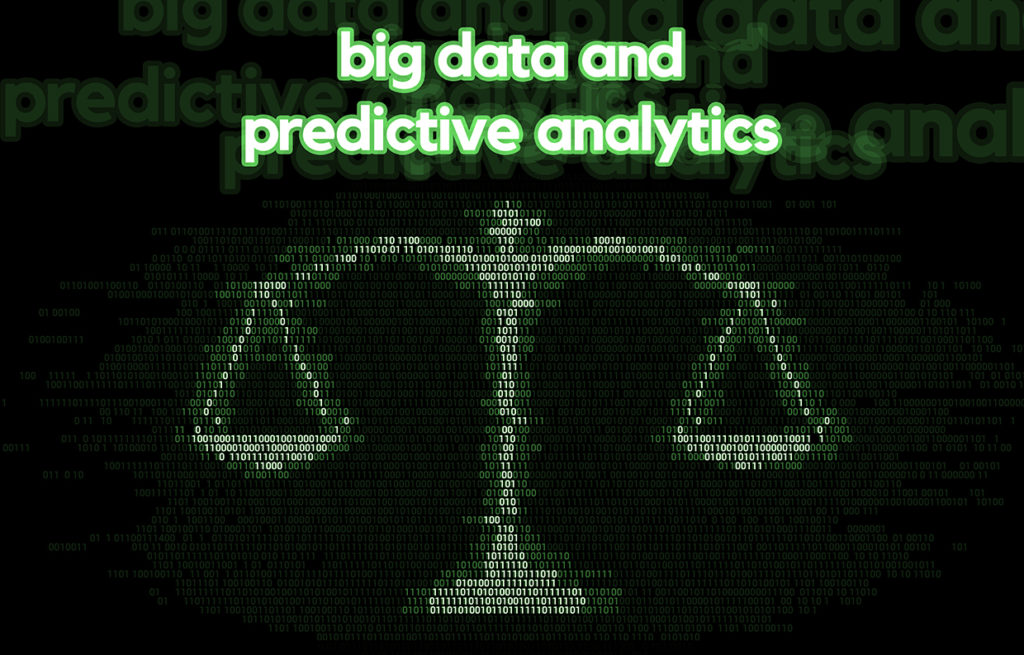Big Data and Predictive Analytics Jul 1, 2020

Previously we looked at the growing area of legal analytics and what it offers your law firm or legal department. Two very exciting areas continually evolving are big data and predictive analytics.
Any voluminous amount of unstructured, semi-structured and structured data that may be used to derive information can be described as big data, which is normally characterized by the 3Vs—volume, variety, and velocity of data.
While it has no specific volume of data to define it, terms like terabytes, petabytes, and Exabyte’s are often used to describe big data. This highlights the challenges of the data being too unstructured, too vast and too fast moving beyond the scope of traditional data management methods.
Predictive analytics, on the other hand, refers to the application of historical data forecasting future trends like consumer behavior. Predictive analytics uses statistical models and machine-learning algorithms to decipher historical data as well as identify patterns in the data.
A common misconception of predictive analytics is that it predicts the future. In truth, it forecasts future trends and what-if scenarios all within an accepted range of reliability.
Big data and predictive analytics for companies are useful tools for finding solutions to questions such as, ‘What do customers want?’ The world’s most successful companies are using these tools to drive their sales and maintain their competitive edge.
The most extensive use of big data and predictive analytics for companies is probably to understand consumers’ preferences based on their psychographic and demographic profiles and predict their behavior. Through recording purchase behavior, companies can increase customer engagement through advertisements and delivery of highly personalized and targeted content.
Netflix, for instance, uses predictive analytics to provide relevant content to consumers; using movie ratings, surveys, and views, it can predict the content that their customers want and make recommendations for movies and shows.
The use of predictive analytics is on the rise in many companies in Australia. They use it to understand and predict consumer behavior.
Is Bigger Data Better?
Using extensive data sets does not always yield better results. Arguably, predictive analytics may not need all the data to provide a forecast; the focus should be on understanding the amount of data which is enough to provide some results instead of analysing all of it. When one has had enough data, adding more data does not make any much difference.
For instance, having analysed the consumer purchase behavior of 100,000 customers, using 120,000 customers would change the mean, but not enough to make any statistical difference. As such, while a large amount of data is better than little data, there is an optimum level at which more data ceases to be meaningful.
Application in legal analytics
The legal system generates an enormous amount of data. Each new case brought to court increases the body of knowledge. Judicial ruling, precedents and interpretations of legislation all create more data and amongst it all – within witness statement, court logs and summaries – will be facts and insights that could help win legal arguments.
Early Big Data tools originally focused on billing, time management, marketing and customer relations functions – in line with many other industries. Now, lawyers and those developing tools for the profession are starting to think about how this technology could be applied to the fundamental research and case preparation that is the core of their job.
Some benefits to the legal professions are obvious, such as freeing up space formerly needed to keep case files in filing cabinets, as well as reducing complete the time it takes to research which will lead to reduced costs.
The applications should also lead to a greater degree of efficiency and transparency, as well as better judgments based on data more likely to be both accurate and recent.
